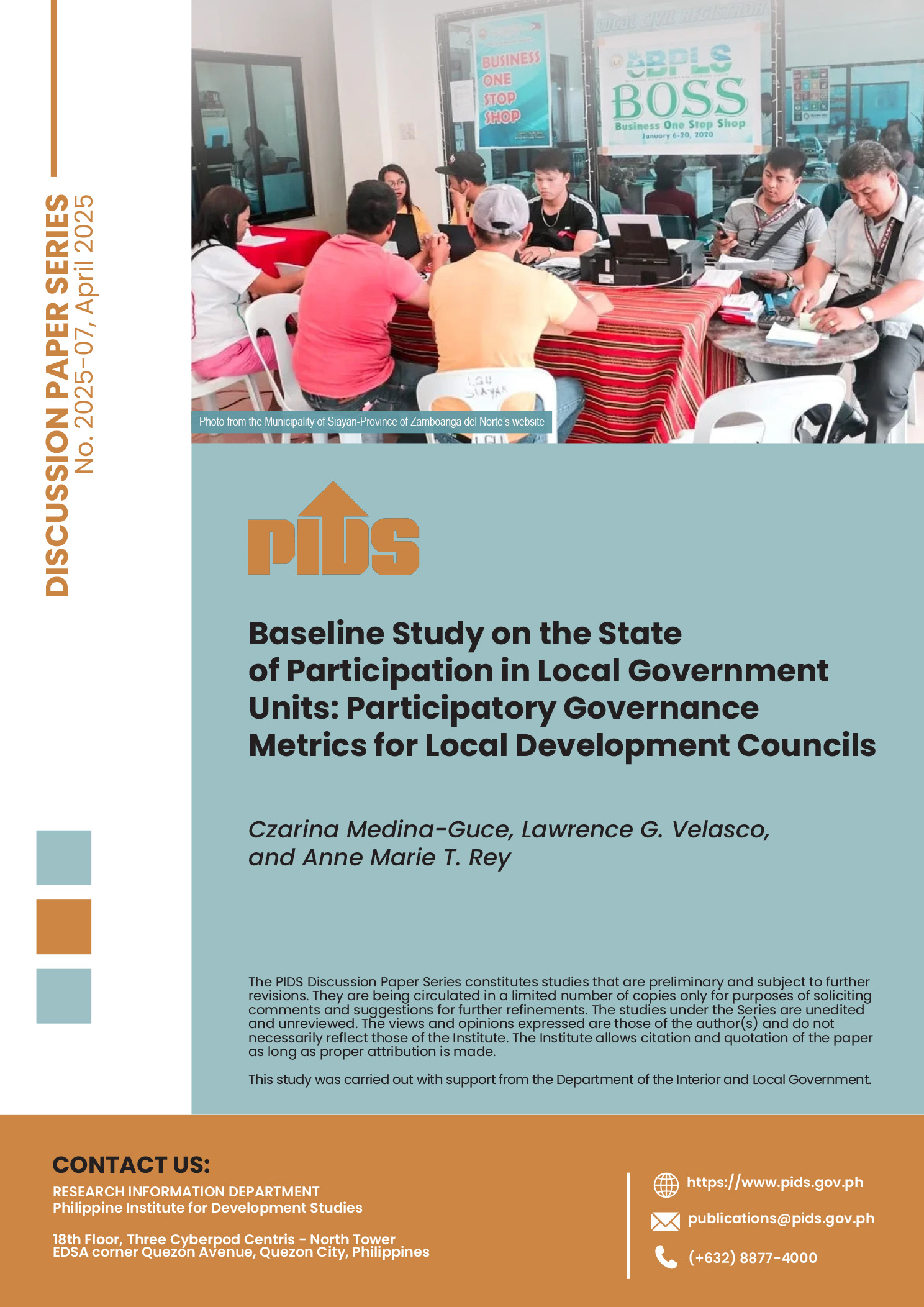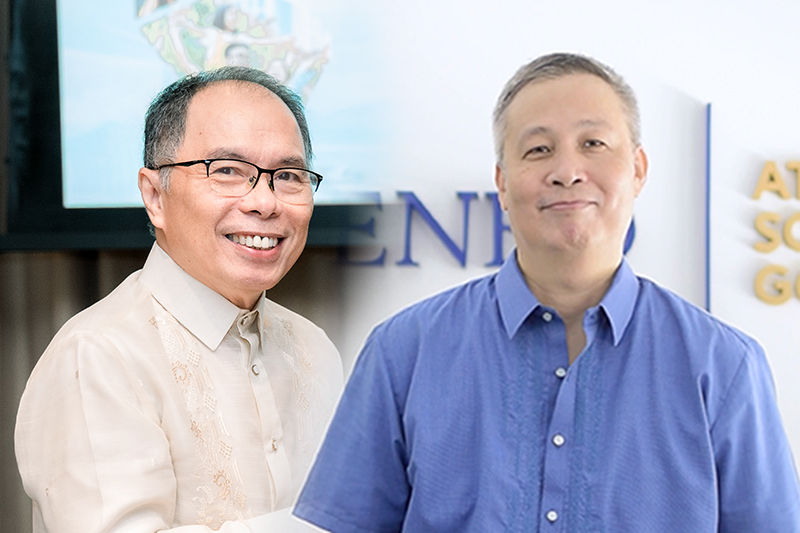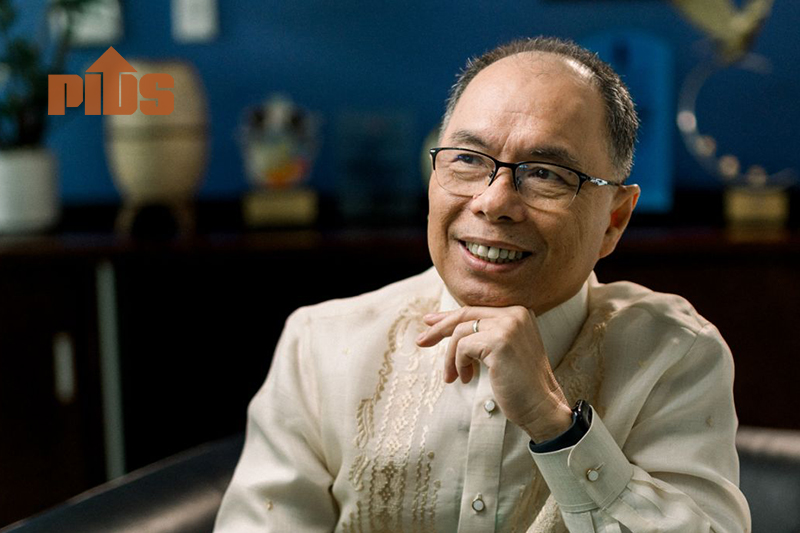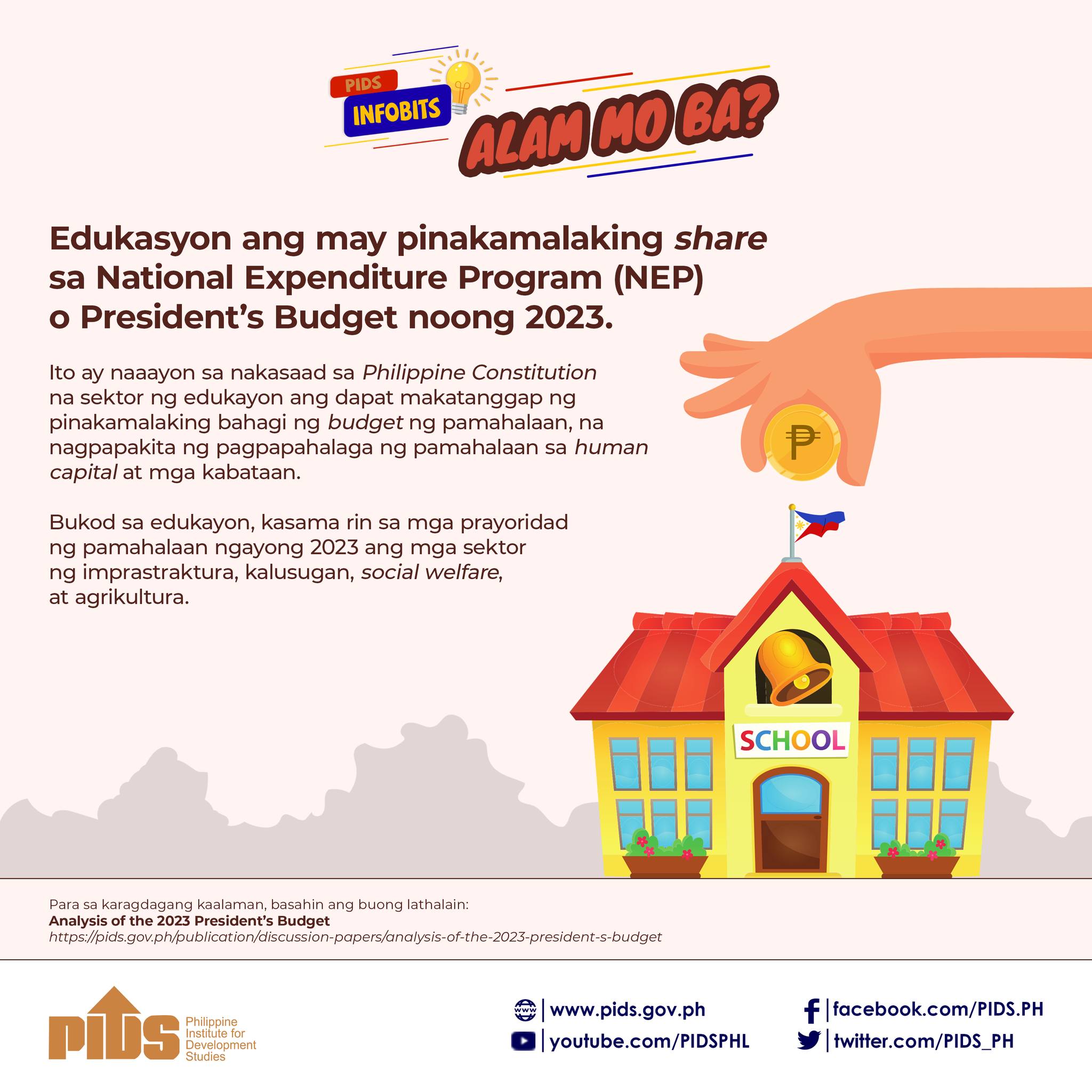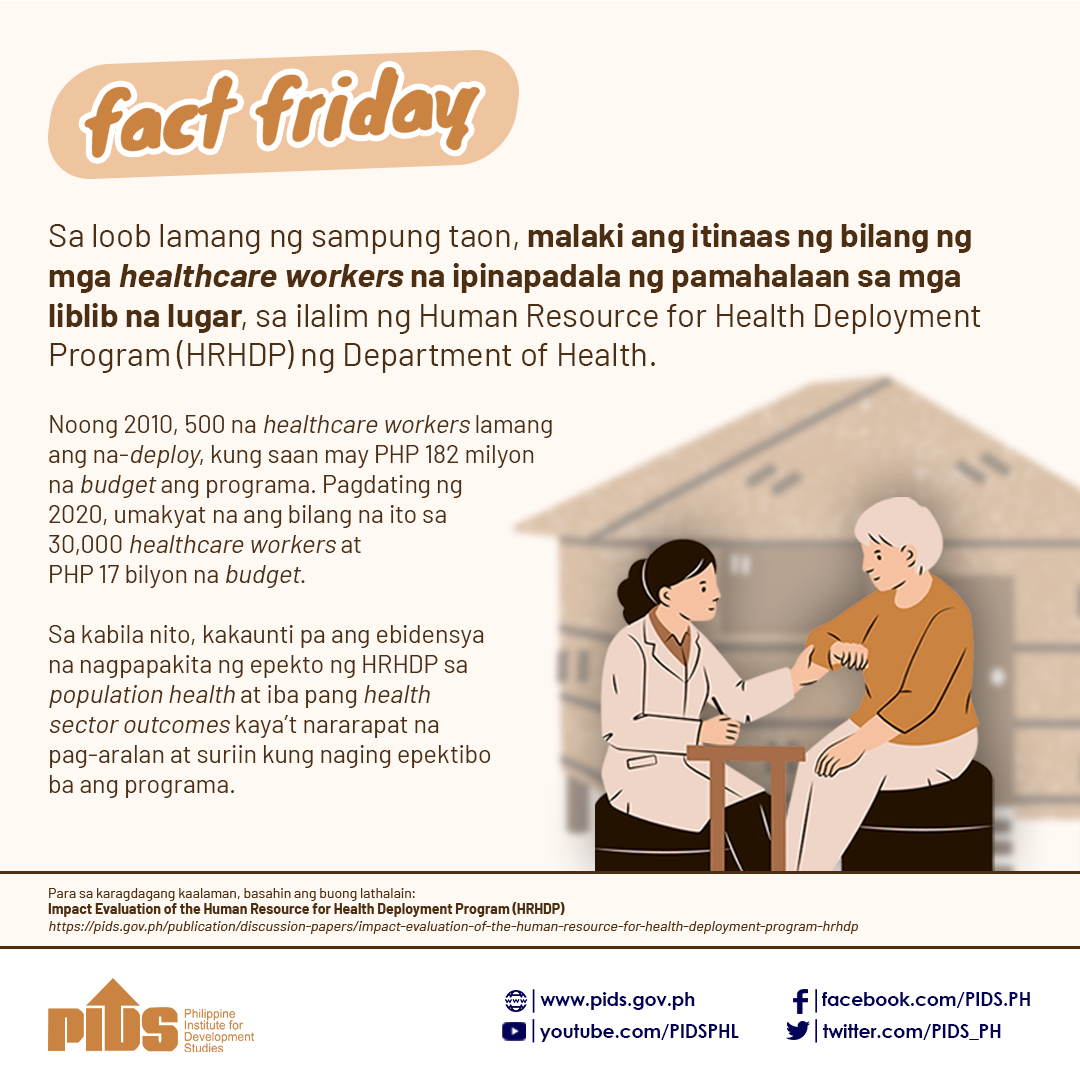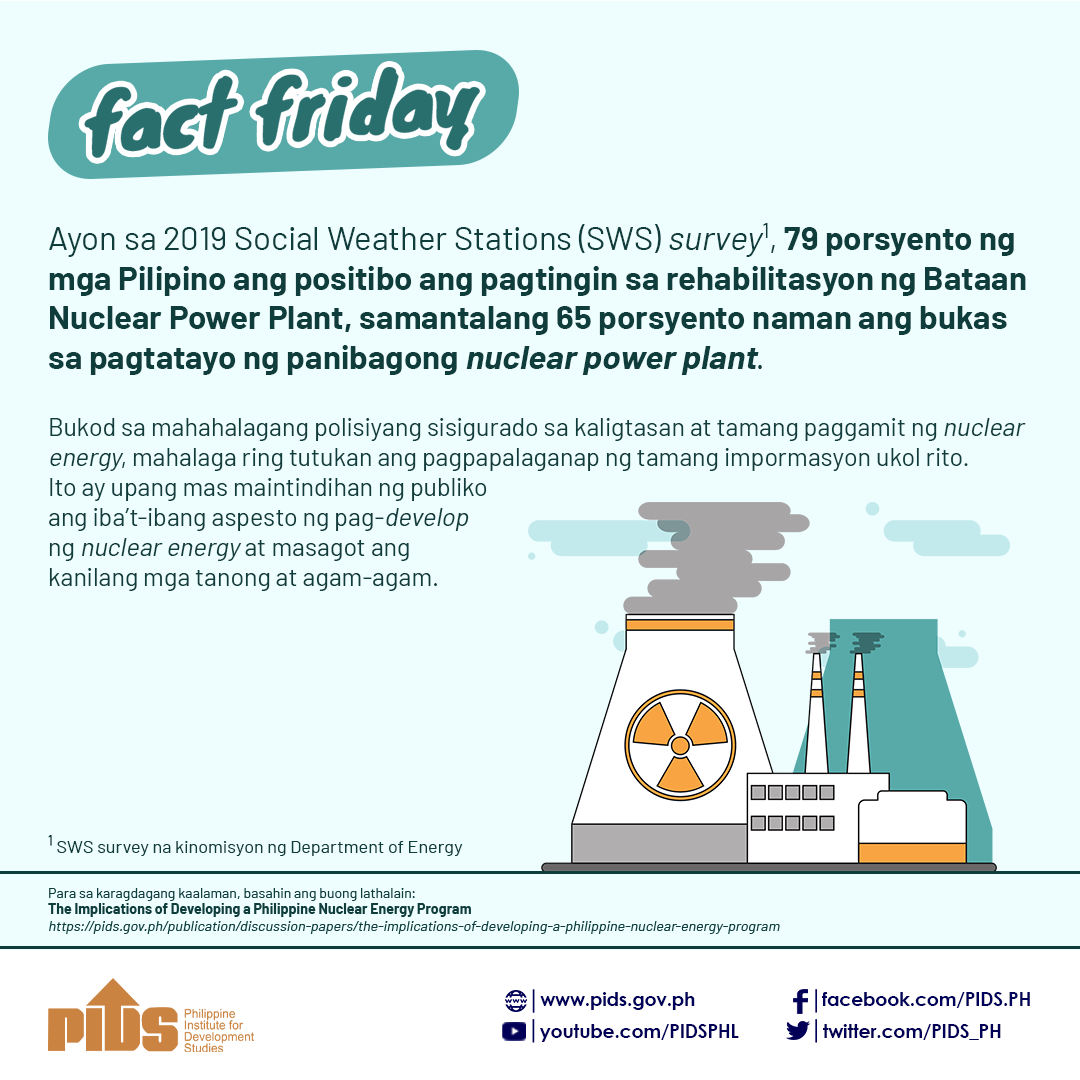A study recommended to the Duterte administration the crafting of a new water-supply program for the poor.
In a policy note, titled “Continue but redesign the grant program for water supply and sanitation,” PIDS consultants and researchers said the new program can replace the Sagana at Ligtas na Tubig para sa Lahat (Salintubig) Program, which will end this year.
The new program, the researchers said, can improve on former President Benigno S. Aquino III’s Salintubig program, as well as Gloria Macapagal-Arroyo’s President’s Priority Program for Water Supply (P3W), which ran from 2005 to 2010.
“Despite the challenges in the implementation of the P3W and Salintubig programs, the expansion of services that benefited more than 3 million people would not have been achieved without the grant assistance,” the researchers said.
“Given that the Salintubig Program is about to wind down in 2016, the Executive must propose a national successor program—one with an improved program design,” it added.
Creating a new program will also enable the country to make good on its commitments to meet the 17 Sustainable Development Goals by 2030.
Improving the design of the program means adopting a criteria for prioritizing beneficiaries to avoid “insertions” on the list of beneficiaries during implementation.
The researchers said this can be done through a resolution from the National Economic and Development Authority (Neda), the country’s central planning agency.
The policy note also stated that the new program must match the program’s budget with the list of eligible and prioritized municipalities.
The researchers added that the program design must also have a monitoring and evaluation system that can track intermediate outcomes or the number of beneficiaries connected to water systems.
“Should the government approve the proposed unified financing framework for the sector, which is currently pending Neda Board approval, the next water supply and sanitation grant program and its guidelines should be subsumed under this framework,” the researchers stated.
Apart from these, the policy note stated there is a need to lessen the risk of having insufficient water resources throughout the duration of the program.
This, the researchers said, can be done by carving out a component for water source identification and development.
The researchers also said there is a need to provide a higher budget for technical assistance for local government units and local water districts.
The additional budget will help cover technical assistance for strategic sector planning, project preparation and design, and procurement and construction supervision.
The P3W initially identified 432 waterless municipalities using the 2000 Census of Population and Housing. However, its target grew to 449 waterless municipalities when the municipalities in the Autonomous Region in Muslim Mindanao were split, resulting in the formation of 17 new municipalities.
The Salintubig Program, meanwhile, targeted 455 municipalities and 1,353 barangays—all of which were identified as waterless. These municipalities were prioritized based on their level of access to safe water, poverty incidence, and manifestation of waterborne diseases.
In a policy note, titled “Continue but redesign the grant program for water supply and sanitation,” PIDS consultants and researchers said the new program can replace the Sagana at Ligtas na Tubig para sa Lahat (Salintubig) Program, which will end this year.
The new program, the researchers said, can improve on former President Benigno S. Aquino III’s Salintubig program, as well as Gloria Macapagal-Arroyo’s President’s Priority Program for Water Supply (P3W), which ran from 2005 to 2010.
“Despite the challenges in the implementation of the P3W and Salintubig programs, the expansion of services that benefited more than 3 million people would not have been achieved without the grant assistance,” the researchers said.
“Given that the Salintubig Program is about to wind down in 2016, the Executive must propose a national successor program—one with an improved program design,” it added.
Creating a new program will also enable the country to make good on its commitments to meet the 17 Sustainable Development Goals by 2030.
Improving the design of the program means adopting a criteria for prioritizing beneficiaries to avoid “insertions” on the list of beneficiaries during implementation.
The researchers said this can be done through a resolution from the National Economic and Development Authority (Neda), the country’s central planning agency.
The policy note also stated that the new program must match the program’s budget with the list of eligible and prioritized municipalities.
The researchers added that the program design must also have a monitoring and evaluation system that can track intermediate outcomes or the number of beneficiaries connected to water systems.
“Should the government approve the proposed unified financing framework for the sector, which is currently pending Neda Board approval, the next water supply and sanitation grant program and its guidelines should be subsumed under this framework,” the researchers stated.
Apart from these, the policy note stated there is a need to lessen the risk of having insufficient water resources throughout the duration of the program.
This, the researchers said, can be done by carving out a component for water source identification and development.
The researchers also said there is a need to provide a higher budget for technical assistance for local government units and local water districts.
The additional budget will help cover technical assistance for strategic sector planning, project preparation and design, and procurement and construction supervision.
The P3W initially identified 432 waterless municipalities using the 2000 Census of Population and Housing. However, its target grew to 449 waterless municipalities when the municipalities in the Autonomous Region in Muslim Mindanao were split, resulting in the formation of 17 new municipalities.
The Salintubig Program, meanwhile, targeted 455 municipalities and 1,353 barangays—all of which were identified as waterless. These municipalities were prioritized based on their level of access to safe water, poverty incidence, and manifestation of waterborne diseases.

